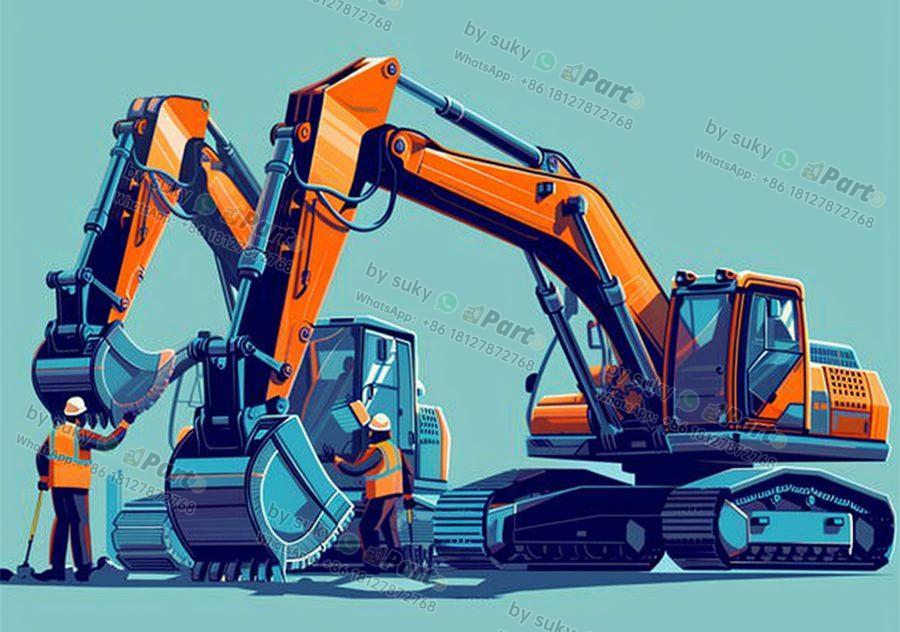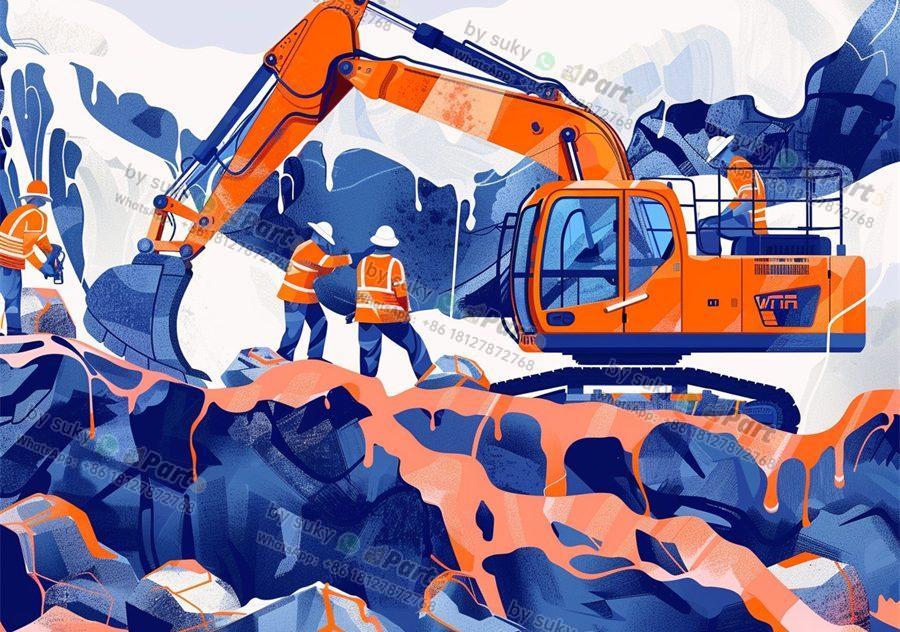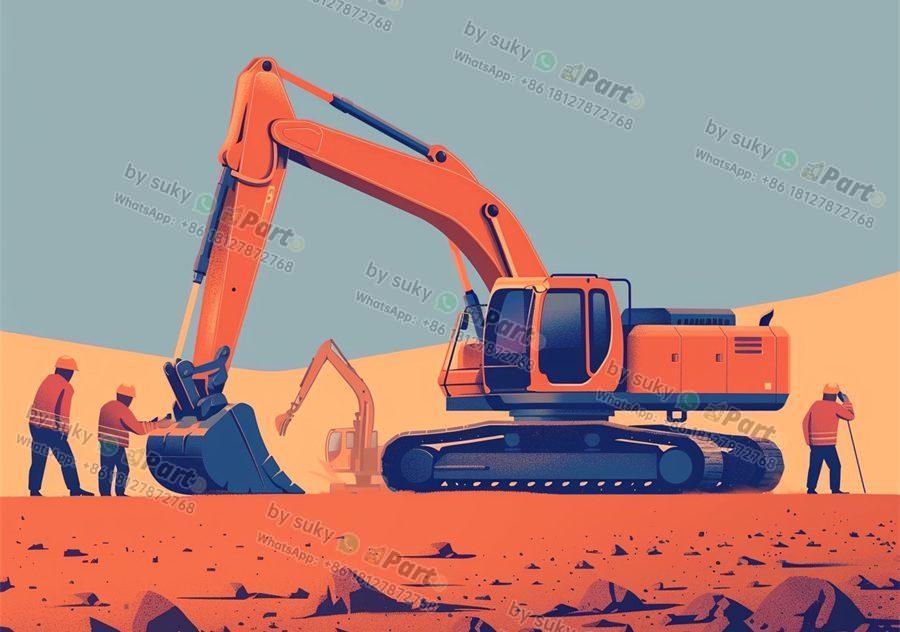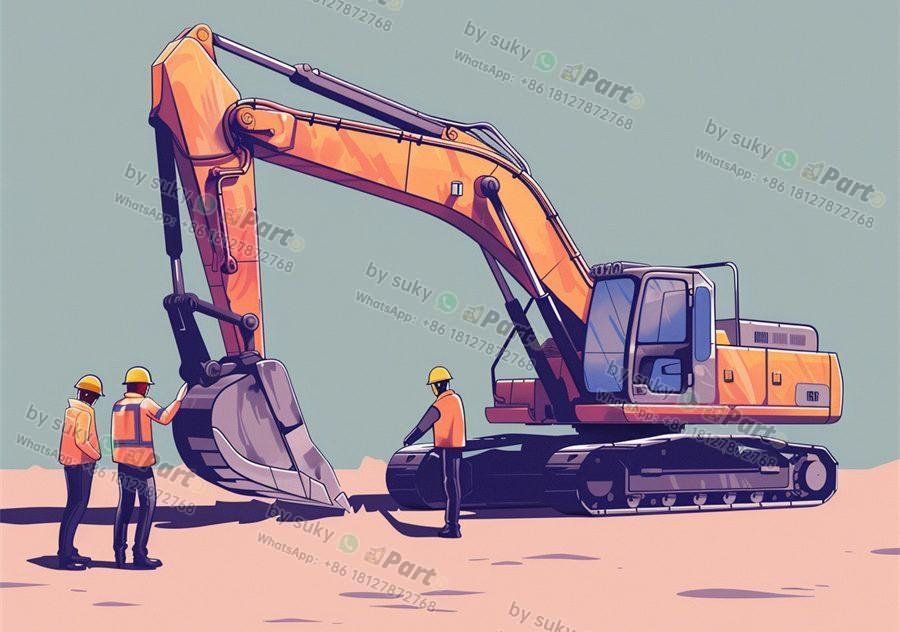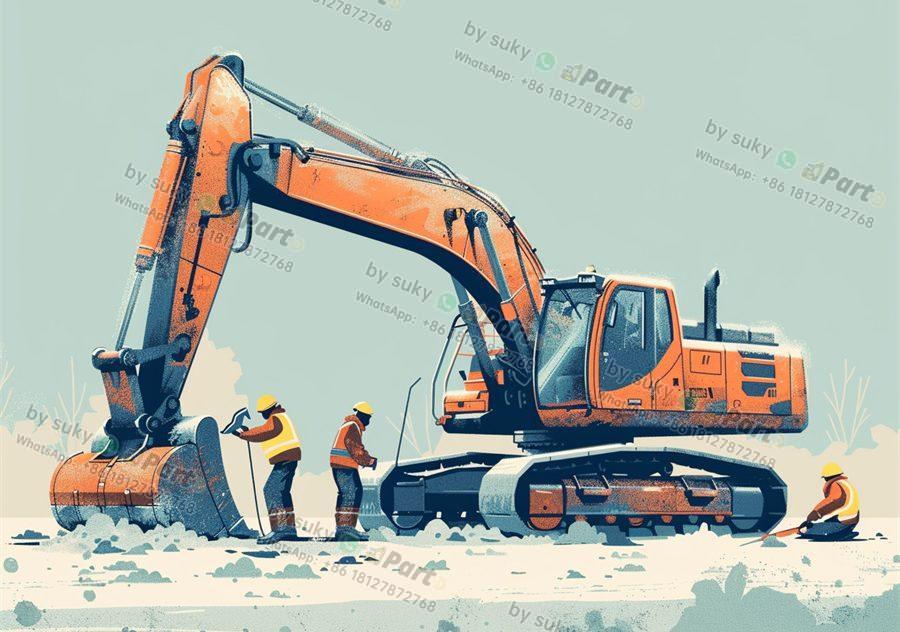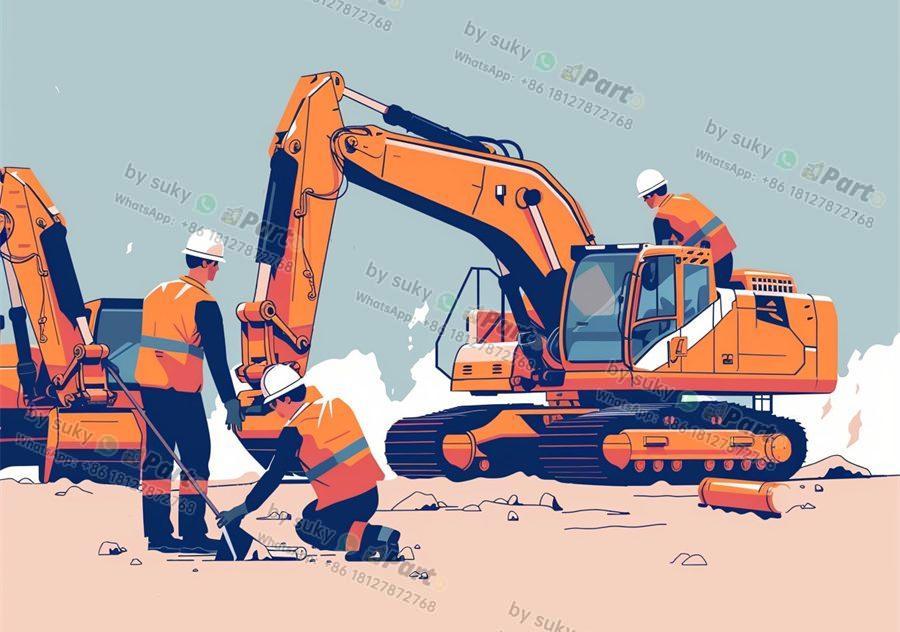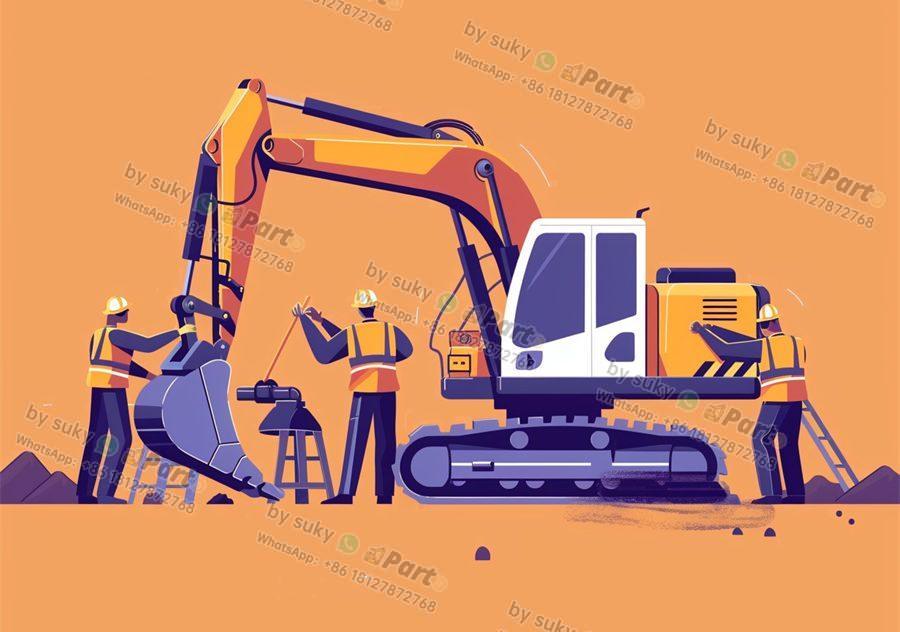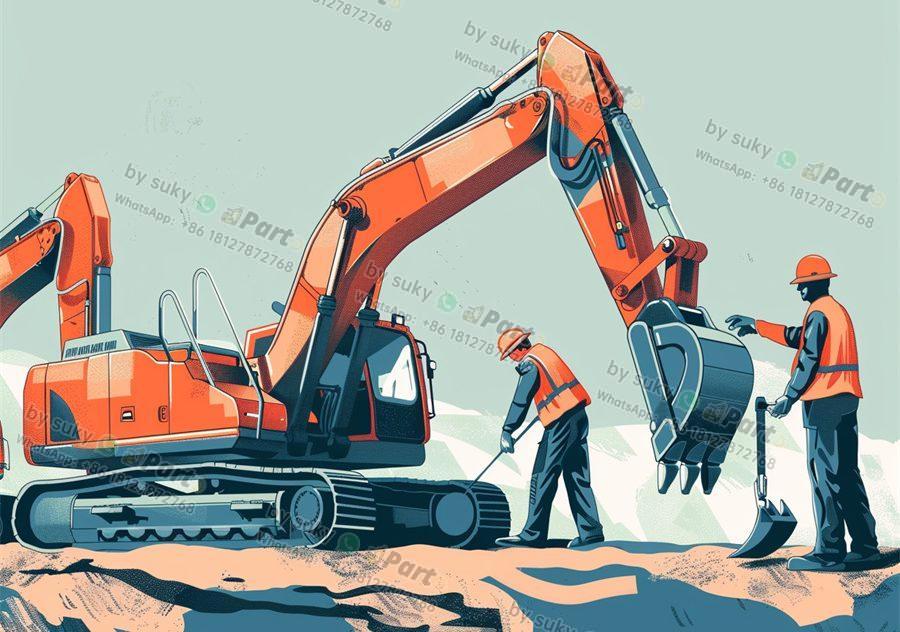As a leading importer or distributor of engineering vehicle parts, it is crucial to stay up-to-date with the latest trends in military vehicle technology. With advancements in technology rapidly changing the landscape of military vehicles, being aware of these trends can give you a competitive edge in the market. Here are some key trends to watch in the future of military vehicle technology.
Armored Vehicle Autonomy
One of the most significant trends in military vehicle technology is the development of autonomous armored vehicles. With advancements in artificial intelligence and robotics, autonomous vehicles are becoming more prevalent on the battlefield. These vehicles are capable of carrying out a wide range of tasks without human intervention, increasing efficiency, reducing risks to personnel, and providing strategic advantages on the battlefield. Importers and distributors of engineering vehicle parts should be prepared for the increased demand for components that support autonomous systems in military vehicles.
Electric and Hybrid Powertrains
Another key trend in military vehicle technology is the shift towards electric and hybrid powertrains. With a growing focus on reducing emissions and improving fuel efficiency, many militaries around the world are investing in electric and hybrid vehicles. These vehicles offer lower operating costs, reduced environmental impact, and improved performance compared to traditional internal combustion engine vehicles. Importers and distributors of engineering vehicle parts should be ready to supply components that support electric and hybrid powertrains in military vehicles.
Advanced Materials and Additive Manufacturing
Advanced materials and additive manufacturing technologies are also shaping the future of military vehicle technology. From lightweight composites to 3D printed parts, these innovations are enabling the development of stronger, lighter, and more durable vehicles. By using advanced materials and additive manufacturing, militaries can reduce weight, increase mobility, and improve overall vehicle performance. Importers and distributors of engineering vehicle parts should be aware of the increasing use of these technologies in military vehicle manufacturing and be prepared to supply components made from advanced materials or produced using additive manufacturing techniques.
In conclusion, the future of military vehicle technology is evolving rapidly, with trends such as autonomous vehicles, electric and hybrid powertrains, and advanced materials shaping the landscape of military vehicles. Importers and distributors of engineering vehicle parts must stay informed about these trends to meet the changing demands of the market. By recognizing these key trends and adapting to the evolving technology in military vehicles, importers and distributors can position themselves as valuable partners in the supply chain of military vehicle components.

